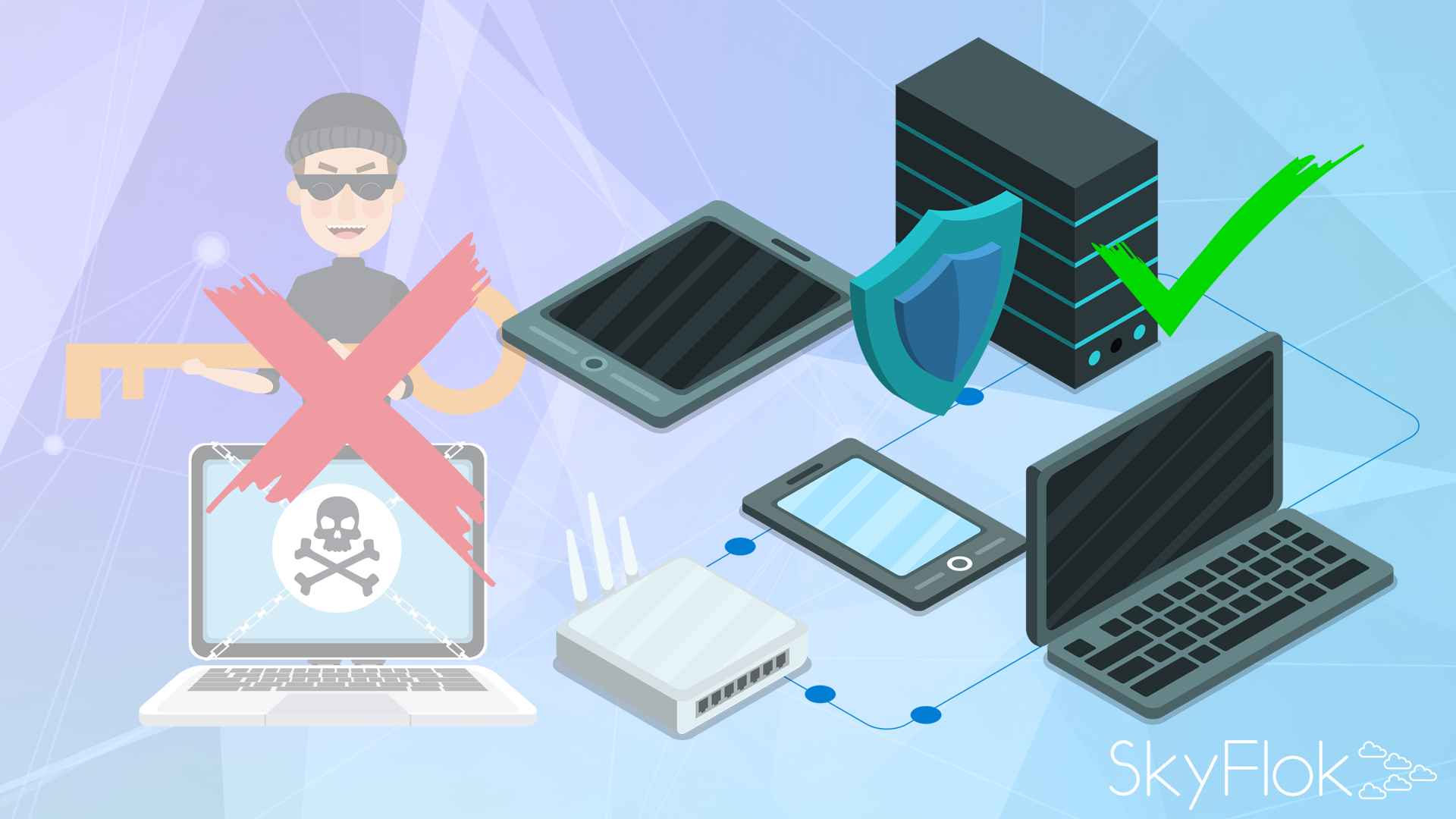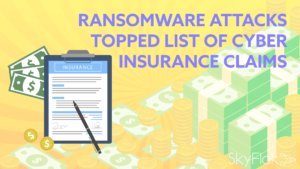A 2018 report from Radware found that 53% of surveyed executives said they had paid cybercriminals the requested ransom after a successful ransomware attack. When you include the cost of paying a ransom with the more traditional costs of data corruption and loss, business enterprises are paying millions of dollars for data recovery.
The most reliable defense against ransomware continues to be good backups and well-tested restore processes.
With a solution like SkyFlok you can recover from a ransomware attack in no time. SkyFlok keeps all versions of your files and you can easily go back to the previous versions of your files after an attack.
Worried about ransomware? Protect your important files with SkyFlok!
To counteract ransomware and other data breaches, businesses have implemented state-of-the-art preventative security technologies, but cybercriminals are still getting through. According to the Department of Homeland Security (DHS), the key to defending against ransomware attacks is a systematic backup protocol for all mission-critical data.
- Implement a backup and recovery plan for all critical data
- Regularly test backups to limit the impact of a data breach and accelerate the recovery process
- Isolate critical backups from the network for maximum protection if network-connected backups are affected by ransomwareWith an all-inclusive data backup plan in place, a business may be able to restore all, or at least most, of the critical data held hostage during a ransomware attack, thus eliminating the need to pay for its release. Of course, there will still be costs involved, but the costs spent on data recovery with backed up data will not line the pockets of malicious cybercriminals.Data backup for modern enterprises is likely to involve cloud services, offsite data centers, and hybrid systems, the combination of which helps reduce the vulnerability of critical data. It is much more difficult for ransomware to lock out data when it is physically located in a cloud of redundant servers.Organizing backup protocols for an entire enterprise requires extensive planning. A successful data backup policy includes identifying key staff and understanding what should be backed up, when and where it will be backed up, how often it will be backed up, and how long backups should be kept. It also needs to define a process for confirming the success of all those operations. And those are just the critical elements.
Click here to view original web page at www.techrepublic.com







